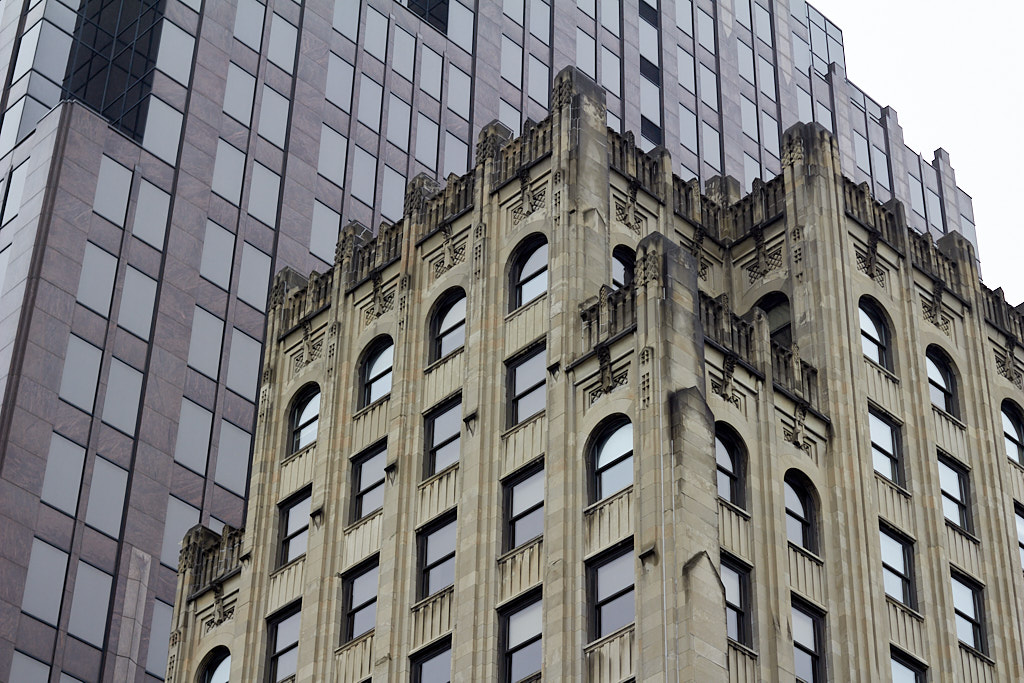Photography
I bought my first digital camera in July of 2005. I have taken over 39,000 photos with it—and a series of increasingly sophisticated devices Canon PowerShot A95, Canon Digital Rebel XTi, iPhone 4s, Canon SL1, Nexus 6P, Pixel 3, iPhone 13 Mini, Fuji XT-5 —over the ensuing nineteen years. The act of taking photos is woven into how I experience holidays, family gatherings, vacations, and—at times—my daily life. It’s something that I enjoy doing.
The appeal of photography is multifaceted:
- It’s an accessible form of artistic expression.
- Photographs are windows into the past; they reflect the life we’ve lived.
- It is a technical puzzle: How do you get the results you want by understanding and manipulating your equipment and the environment?
- There is gear to be researched, evaluated, purchased, and lusted after.
- Cameras & camera bodies of every degree of quality and sophistication.
- Lenses in every shape, size, and manufacturer—don’t forget vintage glass!
- All sorts of bags, straps, holsters, and clips to keep everything organized and at the ready.
- Filters—glass filters—that abate or modify the light entering the lens in all kinds of ways or stay out of the way and act as protection.
- There are a host of workflow and digital asset management concerns.
- Let’s talk about RAW files… (hours pass).
- How to I merge all the photos I take on my phone with the ones I take with my “real” camera?
- What replication strategy across cloud providers makes sense for my needs?
- How much digital refinement or modification to the images do you want to be able to do?
- How can you adjust your camera’s settings to get the best results without having to do as much (or any) post-processing?
Last week, after much indecision, I purchased a full version of Capture One Pro. Now I have a desktop application where I can manage my entire collection of photos for the first time since Google stopped development on Picasa in 2016. I’ve been reviewing the photos I’ve taken—all 39,000—to see which ones I like enough to share on Glass (@dbh) and, in the processes, I’ve come to the conclusion that I’m not a particularly good photographer. I’m an unremarkable amateur that hasn’t meaningfully improved in over a decade.
Does it make you feel anything?
This isn’t surprising. My once-fervent enthusiasm has waned over the last decade as the pressures of adult life and disillusionment with my results encroached upon my creative drive. I don’t look at the photo books or instructional texts I’ve purchased or asked for as gifts. I haven’t taken the online photography courses I’ve purchased. I’ve stopped listening to photography podcasts. I don’t watch any photography content on YouTube other than gear reviews.
I can get better through directed effort or languish as I am now. Prompted by this newly-acknowledged reality, I finally cracked open my copy of The Art of Photography. The second edition was released in 2017; my unread copy predates that. These points from the first chapter elucidate why I am struggling:
- Photography is visual communication.
- Photographs are manifestations of the photographer’s interests and how they feel about them; they convey emotion.
- Great photographers know their strengths and weaknesses; they leverage their strengths to explore their interests.
Over 99% of the photos I have taken say:
I saw a thing, I positioned the thing in the center of the frame (or, sometimes, on one third of the frame), I checked focus and exposure compensation, I triggered the shutter.
There is no emotional weight to the scene. Lines, shape, and form are limited to rudimentary expression. The direction or intensity of light is barely considered beyond exposure compensation and (rarely) metering mode. Visually striking results occur rarely and randomly because I’m not deliberately making images—I’m taking snapshots. I’d like to be able to do better than that.
